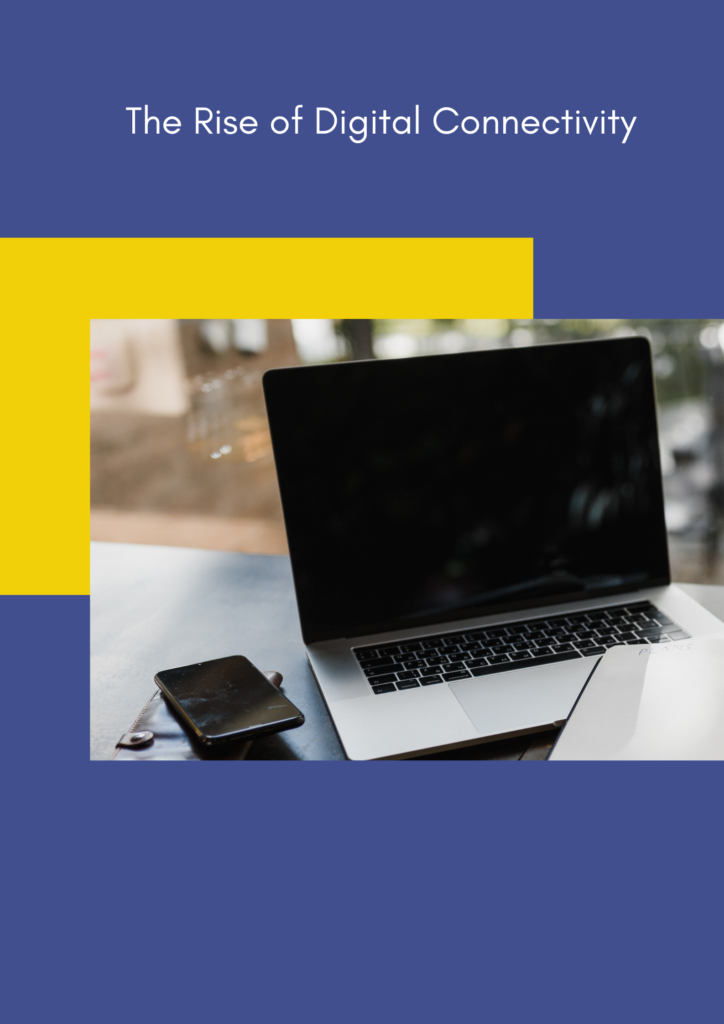
In an increasingly digital world, where smartphones, computers, and other devices are ubiquitous, it’s becoming increasingly common to witness the phenomenon of technological dependence. Technological dependence refers to the reliance on digital devices and online platforms to an extent that it begins to interfere with daily life, relationships, and overall well-being. In this article, we’ll delve into the complexities of technological dependence, exploring its causes, consequences, and strategies for mitigating its impact.
- The Rise of Digital Connectivity: The advent of the internet and digital technologies has revolutionized the way we communicate, work, and interact with the world around us. While these advancements have brought about numerous benefits, such as instant access to information and enhanced connectivity, they have also given rise to new challenges. With smartphones and other devices constantly at our fingertips, it’s easy to become ensnared in a cycle of constant connectivity, where the boundaries between work and leisure blur, and the urge to check notifications and scroll through social media becomes compulsive.
- Understanding the Impact: Technological dependence can have far-reaching consequences for mental health, social relationships, and overall well-being. Excessive screen time has been linked to a range of negative outcomes, including increased stress, anxiety, and depression. Moreover, the constant bombardment of information and stimuli can lead to cognitive overload and difficulty focusing, impairing productivity and concentration. In addition, excessive smartphone use has been associated with disrupted sleep patterns, as the blue light emitted by screens can interfere with the body’s natural sleep-wake cycle.
- Addressing the Root Causes: To effectively address technological dependence, it’s essential to understand the underlying factors driving this behavior. For many individuals, digital overuse serves as a coping mechanism for stress, boredom, or social isolation. Others may experience a sense of FOMO (fear of missing out), driving them to constantly check their devices to stay connected with peers and stay informed about current events. Recognizing these underlying motivations is the first step toward developing healthier habits and reducing reliance on technology.
- Strategies for Healthy Digital Habits: Breaking free from technological dependence requires a concerted effort to establish boundaries and cultivate mindfulness in our digital interactions. Setting limits on screen time, designating tech-free zones in the home, and scheduling regular breaks from devices can help create a healthier balance between online and offline activities. Practicing mindfulness techniques, such as meditation and deep breathing, can also help individuals become more aware of their digital habits and break free from compulsive behaviors.
- Cultivating Meaningful Connections: Finally, fostering meaningful connections with others is crucial for combating technological dependence. Building strong social support networks, engaging in face-to-face interactions, and prioritizing quality time with loved ones can help individuals feel more connected and fulfilled in their offline lives. By investing in real-world relationships and activities, individuals can reduce their reliance on digital devices and find greater satisfaction and fulfillment in their daily lives.
Technological dependence poses significant challenges in today’s digital age, but with awareness, intentionality, and proactive measures, it’s possible to break free from its grip and reclaim control over our digital lives. By understanding the root causes of technological dependence, implementing strategies for healthy digital habits, and prioritizing meaningful offline connections, individuals can strike a balance between technology and well-being, leading to a more fulfilling and balanced life.